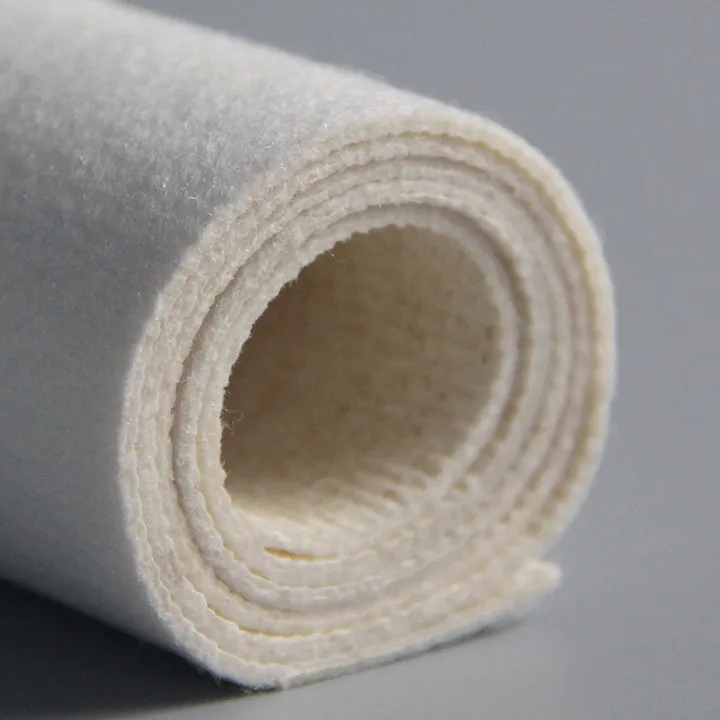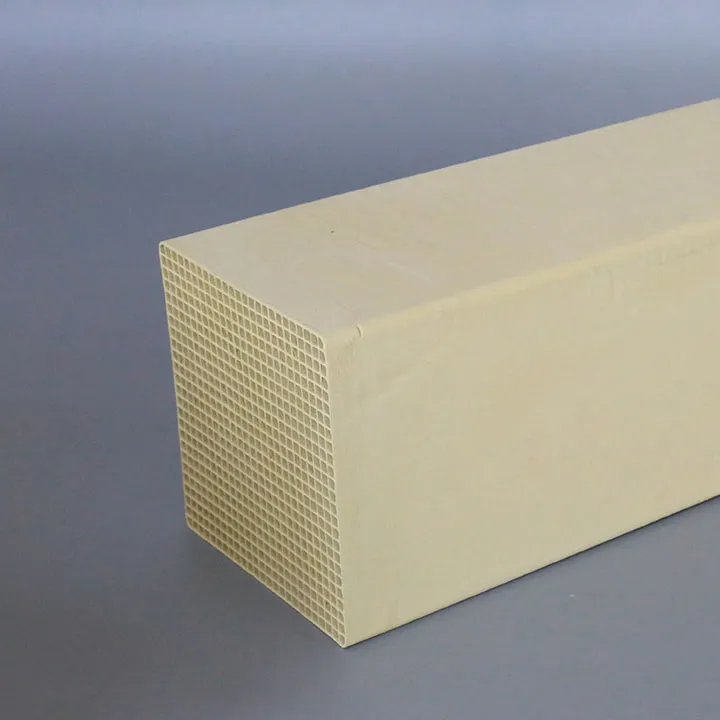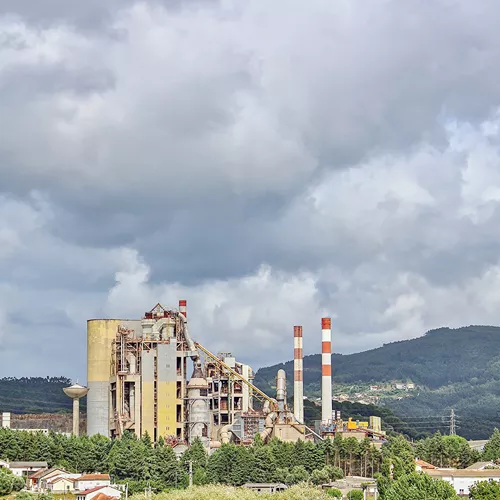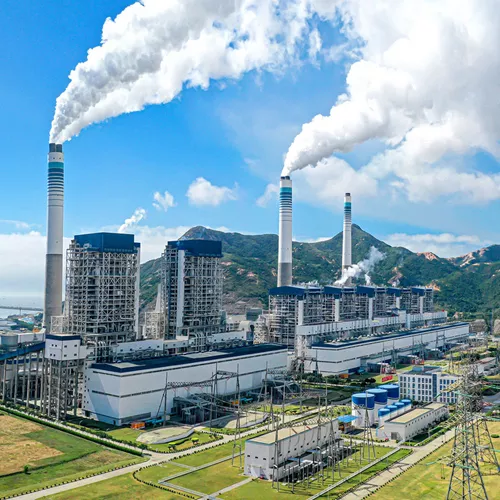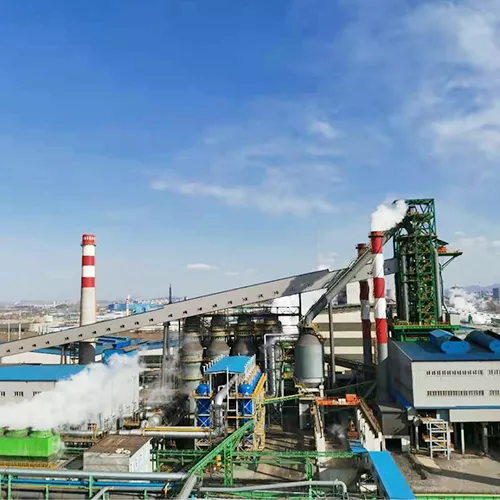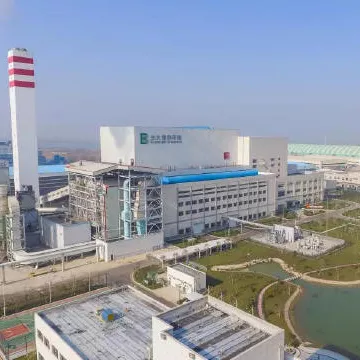Dust filter bags for smoke treatment in steel smelting
Steel smelting is a complex high-temperature process, and a large amount of dust and harmful gases will be generated in various links of smelting. If these waste gases are not effectively treated and discharged, they will have a serious impact on the environment and the health of workers. As a high-efficiency filtering equipment, dust filter bags can effectively capture the smoke generated during steel smelting, purify the air and reduce emissions. This article will discuss in detail the working principle, material selection and important role of dust filter bags in smoke treatment in steel smelting.
Smoke problem in steel smelting
The steel smelting process involves multiple processes such as sintering, ironmaking, steelmaking and steel rolling, and each process releases different types of smoke. The smoke generated during the smelting process contains not only fine solid particles, but also toxic and harmful chemicals such as heavy metals, sulfur oxides and nitrogen oxides. Specifically:
1.Sintering process: During the high-temperature sintering process, a large amount of sulfur oxides, nitrogen oxides and tiny heavy metal particles will be generated.
2.Ironmaking process: The smoke released by blast furnace ironmaking is mainly iron oxide particles and carbon smoke, with complex composition and high temperature.
3.Steelmaking process: When steel is made in converters and electric arc furnaces, the smoke generated by the reaction of molten steel contains a large amount of metal oxides such as iron, silicon, aluminum, and manganese.
4.Steel rolling process: Mechanical processing and heat treatment will produce a large amount of mechanical wear dust and heat treatment flue gas, containing pollutants such as iron filings and oil smoke.
Since the flue gas generated during the steel smelting process contains a large amount of particulate matter, and these particulate matter often has corrosive or high-temperature characteristics, the dust removal treatment requirements are extremely high. If not filtered and treated in time, these pollutants will not only be directly discharged into the atmosphere, causing serious environmental pollution, but also affect the normal operation of smelting equipment.

Working principle of dust filter bag
The dust filter bag is a key component of the bag filter. Its working principle is to intercept the particulate matter in the dust-containing flue gas on the surface of the filter bag through physical filtration. When the dust-containing gas passes through the filter bag, the dust particles are trapped on the fiber surface of the filter bag, and the filtered clean gas passes through the filter bag, enters the exhaust system, and is finally discharged into the atmosphere.
The filter bag can not only capture large particles, but also gradually accumulate to form a “dust layer”, which will further improve the filtration efficiency and intercept smaller particles. This self-reinforcing filtration effect makes the filter bag have an extremely high dust removal efficiency, generally reaching more than 99%, and can effectively filter out tiny particles with a diameter of only a few microns.
After long-term use, a large amount of dust will accumulate on the surface of the filter bag, resulting in increased air flow resistance, so regular cleaning operations are required. Common cleaning methods include mechanical vibration, backwash and pulse jet, among which pulse jet is the most common method. By instantly releasing compressed air, the dust accumulated on the surface of the filter bag is blown off, thereby maintaining the filtering effect of the filter bag.

Commonly used dust filter bag materials in steel smelting
The high temperature and highly corrosive environment of the steel smelting process places extremely high demands on filter bag materials. The filter bag needs to have properties such as high temperature resistance, corrosion resistance, and chemical erosion resistance to ensure that it can be used for a long time under harsh working conditions. Common dust filter bag materials include:
1.PPS (polyphenylene sulfide) filter bag:
High temperature resistance: can withstand high temperatures of around 250°C, suitable for high temperature flue gas filtration.
Acid and alkali resistance: has good resistance to acidic and alkaline gases, suitable for highly corrosive environments in steel smelting processes.
Hydrolysis resistance: has good moisture resistance, suitable for working conditions with more water vapor.
2.P84 filter bag:
Excellent high temperature resistance: can withstand high temperatures up to 260°C, suitable for high temperature steel smoke filtration.
High filtration efficiency: the surface microporous structure can effectively capture fine dust particles, suitable for filtering micron-level particles.
3.PTFE (polytetrafluoroethylene) filter bag:
Strong chemical corrosion resistance: can withstand the erosion of various corrosive gases, suitable for acidic gases generated in steel smelting.
High temperature resistance: can operate normally under working conditions up to 300°C, suitable for high temperature and harsh working conditions.
4.Glass fiber filter bag:
Super high temperature resistance: can withstand temperatures of 300°C or even higher, suitable for extreme high temperature conditions.
High strength: has good wear resistance and is suitable for long-term use.

Dust filter bag cleaning method
In the steel smelting process, the filter bag will gradually accumulate a lot of dust over time, which will affect the dust removal effect and the operating efficiency of the equipment. Therefore, regular cleaning is essential. The following are several common cleaning methods:
1.Pulse jet cleaning: This is the most commonly used cleaning method at present. It uses compressed air to spray from the inside of the filter bag to the outside in a very short time, so that the dust attached to the filter bag falls off quickly. Pulse jet cleaning has good effect, less damage to the filter bag, and can effectively maintain dust removal efficiency.
2.Mechanical vibration cleaning: The filter bag is vibrated by a mechanical device to make the dust attached to the surface of the filter bag fall off. This method is relatively simple, but it causes greater mechanical damage to the filter bag and the cleaning efficiency is relatively low.
3.Back-blowing cleaning: Use reverse airflow to blow off the dust on the surface of the filter bag, which is suitable for handling fine particles and low pressure difference conditions.
Advantages of dust filter bags in steel smelting
The application of dust filter bags in steel smelting has multiple advantages:
1.High-efficiency dust removal: The filtration efficiency of the filter bag can usually reach more than 99%, which can effectively capture micron-sized particles and reduce smoke emissions.
2.High temperature and corrosion resistance: The filter bag material has excellent high temperature and corrosion resistance, and can withstand the high temperature and high acid and alkaline environment in the smelting process to ensure long-term stable operation of the equipment.
3.Environmental compliance: By using efficient dust filter bags, steel companies can significantly reduce smoke emissions, meet the requirements of national environmental protection policies, and avoid legal and economic risks caused by excessive emissions.
4.Cost savings: Dust filter bags can extend the service life of dust removal equipment, reduce the cost of frequent replacement of filter bags, and the cleaning method effectively reduces the maintenance cost of equipment.
Conclusion
Dust filter bags play an irreplaceable role in the treatment of steel smelting smoke. By rationally selecting filter bag materials and scientifically configuring the cleaning system, steel companies can not only improve production efficiency, but also significantly reduce environmental pollution and promote the sustainable development of industrial production.



